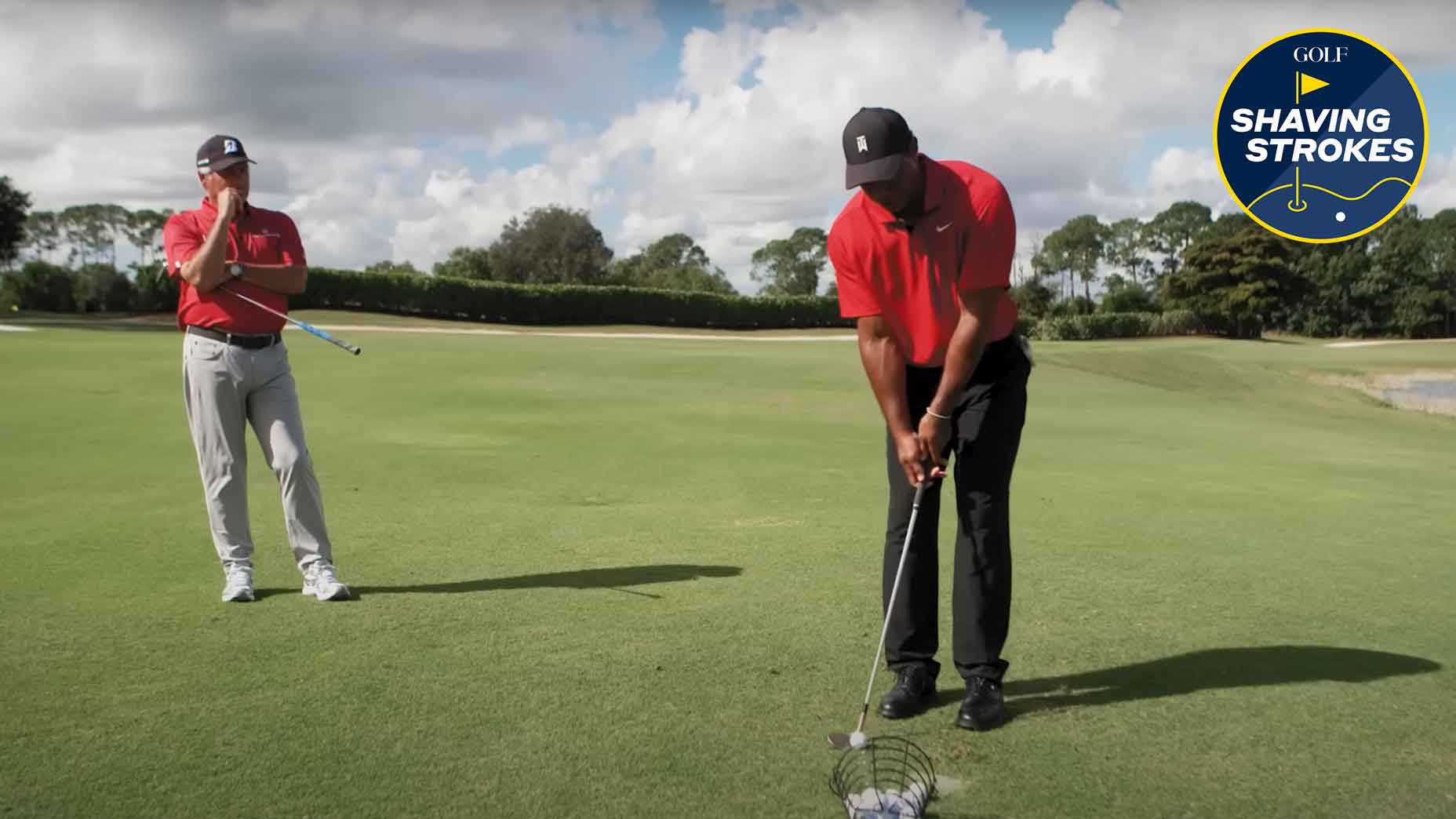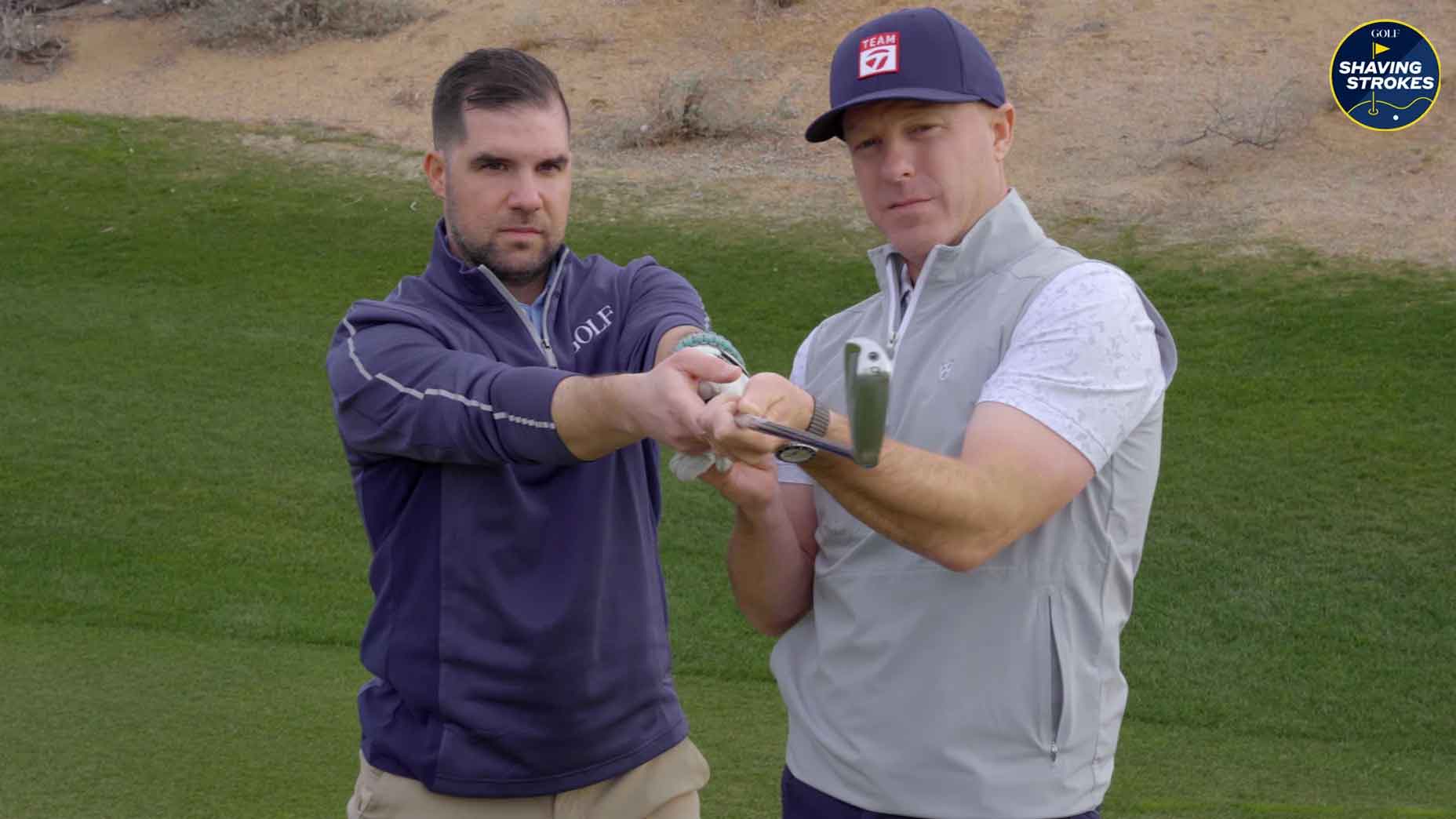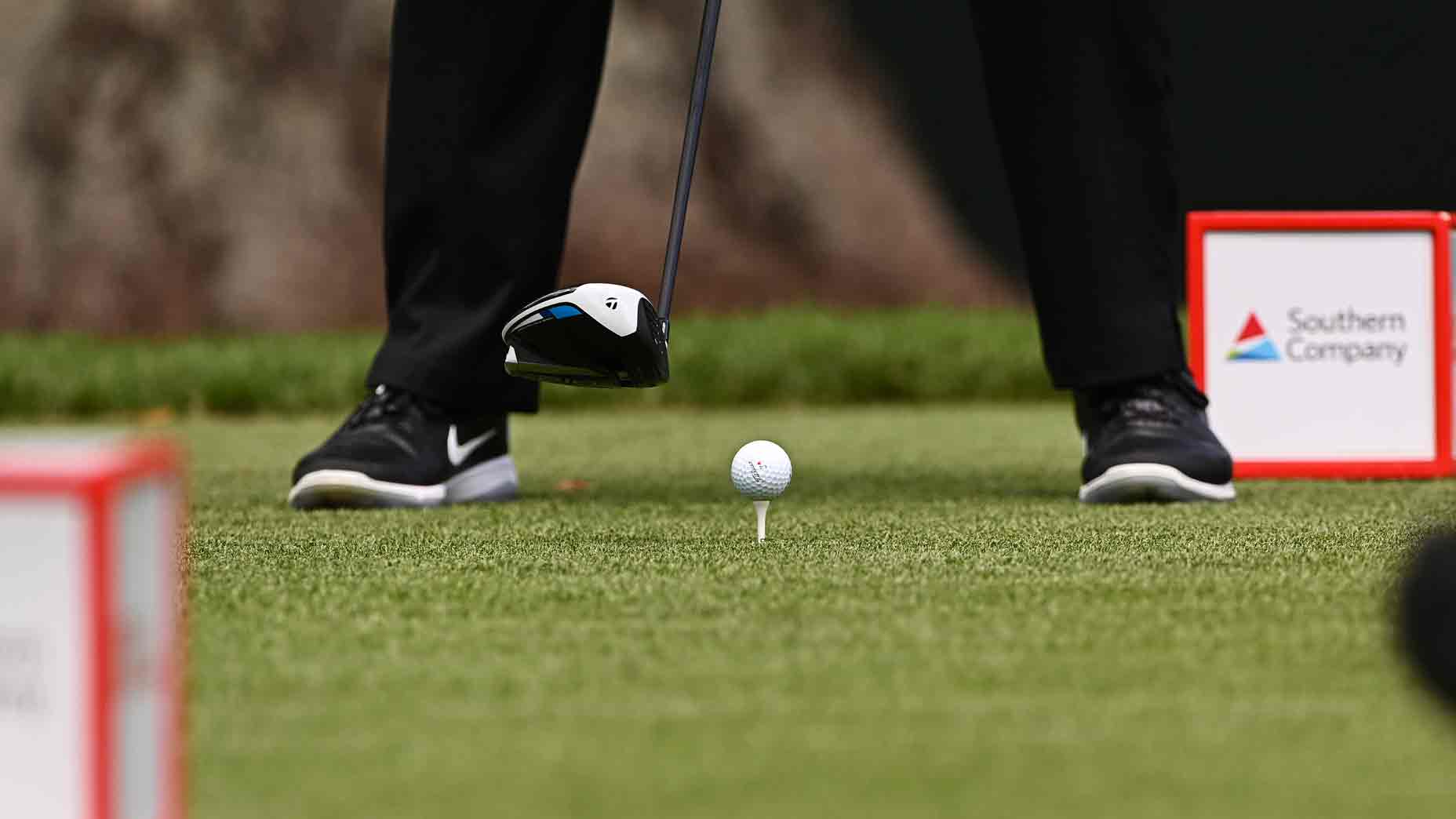There’s an old saying: You can’t buy a golf game. While it’s true that money is no substitute for talent (or for a dedication to practice), the fact of the matter is, to a large degree you have to buy a golf game—lessons, greens fees, clubs, balls, gloves. Playing and learning the game can take, at times, a serious amount of coin. If letting go of your hard-earned cash feels even more agonizing than yipping a straight 3-footer to lose at $5 Nassau, spending wisely on the game can still turn you into the player you want to be and enrich your golf experience. That goes if you have loads of dough, or if every penny counts.
YOU’RE A MILLENNIAL (You’ve got $1,000 to spend)
Peers be damned, you’ve always found golf to be off the hook. But entering the workforce sidelined you from the fairways for a spell. Now you’ve scraped together a grand to dive back into the game. Here’s how to invest it.
COACHING $$$
My experience with millennials is that you tend to expect things to work now. On the plus side, you’re well-versed in technology. A run-of-the-mill lesson with some old-timer won’t engage you. What’s needed are lessons with a contemporary ($30-$40 for a half-hour), someone fun who’s also going to communicate using smartphone tech. Your pro will upload video to allow for almost instantaneous feedback, whether it’s setting up a dedicated channel for you on the CoachNow (free for student) or Boditrak Dash ($150 annually) apps. Better yet, tap into the new Play With the Pros ($30; laywiththepros.us) app, where some of the best digital coaches in the game can dial-up a custom roadmap for improvement based on your current skill level and goals, whether it’s to break 80 or simply impress your new boss.

COURSE $$
You don’t have the cash for high-end daily-fee tracks, which is fine—less expensive courses, in the $50 range, also tend to be less uptight and more welcoming of, say, streaming music on the course. Try to get out at least once every other week, to compensate for all that screen time.
GEAR $
You’re less materialistic than prior generations, happy to share music or rent cars. Still, you like stuff unique to you. Get fitted for at least one club in your bag (about $100 for a driver or a putter, minus the cost of the club) or engrave one you’ve already got. (Hand-stamp kits, on eBay for about $20-$40, will do the trick.)
YOU’RE A NEWCOMER (You’ve got $2,500 to spend)
You’ve moved far enough up the corporate ladder to set aside sufficient funds to finally step up to a sport that has intrigued you from afar—and would be very handy to have a grip on when the boss says, “Company scramble on Saturday!” Here’s how to invest your $2.5k.
COACHING $$$
Golf can be intimidating for newbies. You need a series of weekly lessons with an established instructor (likely in the $100/hour range, depending on geography) who can provide the basic concepts in a clear fashion. Start with an overall understanding of the game, including what to do when you arrive at a course—etiquette and the like. (The PGA of America’s Get Golf Ready program is worth checking out.) Take a putting lesson; then a pitching, chipping and bunker lesson; then an iron lesson; then a driver lesson; and then on-course playing lessons.

COURSE $
High-end courses will overwhelm you and be a waste of money. Municipal courses, aka “munis,” are the best places to start, and not just because they’re budget-friendly. (Twenty nine-hole rounds walking at Denver munis runs only $225 total, for example, and some areas of the country even have annual memberships with unlimited play.) Start with a course that’s flat, with few hazards. Play the most forward set of tees until you feel comfortable and capable enough to start moving back. Get out there and get in as many reps as you can—we in the business often lose sight of the fact that golf is best learned by doing.
GEAR $$
You don’t need 14 top-notch clubs yet. Start with a generic set or a better-quality half-set ($100-$300), or just a driver, 7-iron, wedge and putter. Step up your gear as your game, and finances, dictate.
YOU’RE A WEEKEND WARRIOR (You’ve got $5,000 to spend)
A flatlined handicap has you mad as hell. You’ve set aside a sizable war chest to shave off strokes once and for all. Here’s what to do with it.
COACHING $$$
The definition of insanity is doing the same thing over and over and expecting different results. Go find a notable teacher, someone who works with high-performance players. A Top 100–type instructor will likely run $150-$500 per hour. You need to start with a full-game evaluation, an objective assessment of everything from driver through putter—the equivalent of an NFL combine. This will take around three hours. It should include Trackman data, shot dispersion analysis and an on-course component, too. All of this is so your new teacher gets a complete view of your game, at which point you can start making objective decisions about what’s needed to devise an effective practice plan.

COURSE $
The temptation will be to get to the course as often as possible to test out your progress, and maybe even visit some tougher (and more expensive—$75-and-up) tracks. Now’s not the time—don’t run before you walk. Focus on your (less expensive) practice, which needs to be thoughtfully structured. That means creating more random and variable practice, constantly playing different shots to different targets. This will make you uncomfortable…and transfer better to executing shots under pressure.
GEAR $$$
Analytic apps like GolfLogix (free-to-$50, depending on functionality) and devices like Arccos Caddie Smart Sensors ($250) can help you better understand your game and are small investments worth considering. It’s also very possible that the initial evaluation will show weakness in one particular area, and that equipment is part of the problem. If so, go for custom jobs (see what True Spec fitting can do for you here) with fresh sticks in the $1,500-$2,500 range. Even if gear isn’t your albatross, you might want to consider treating yourself to one new club, as a present to the improved you who’s on the way.
YOU’RE A MASTER OF THE UNIVERSE (You’ve got $10,000 to spend)
Life is good. Money is no object. Yet golf ennui has begun to creep in.
COACHING $$$
With that kind of cabbage, you should spend time with a world-class and world-renowned instructor, either for a golf school or a full-day one-on-one. You want absolute Tour-level service: swag up the wazoo, inside stories about the pros you can later share with your buds, the whole shooting match. I’m not a one-name guy like Butch or Lead, but I work with several PGA and LPGA pros, and this grand day out will set you back between $3,000 and $4,000. You might also consider forging a “concierge” instructor relationship, where you can follow-up with the teacher pretty much 24/7.

COURSE $$$
Nothing reestablishes one’s affinity for the game like a blowout trip to a place where golf is woven into the fabric of daily life and populated by several superior courses. Golf’s most iconic places all offer just that. Bandon Dunes ($325 per round in high season…but of course you’ll be lodging there, too). St. Andrews. Ballybunion. Pinehurst. You can’t go wrong, especially if you end each day with a glass of local spirits or beer at the 19th (or 37th) hole. If this getaway doesn’t recharge your batteries, it may be time for tennis.
GEAR $$$
I’m a Titleist guy, so naturally I’m going to mention the Titleist Performance Institute, where you can spend a half-day getting custom-fit ($600, plus the cost of clubs). But there’s another reason I mention TPI, and that’s “movement screening,” something I’m passionate about and that every TPI-certified instructor understands. For $1,200, you can reap the fruits of a Golf Fitness Evaluation, which uses high-tech, Tour-proven methods to assess your mobility, stability and power generation. Whatever one’s budget, you and your instructor need to understand what your body can do in order to develop a swing based on that, rather than some “ideal” model. Find a TPI Certified Pro to help you with this at mytpi.com. As a rule of thumb, as men age we need more mobility work, such as yoga or Pilates. Yet we’re in the gym, lifting weights while women, who need strength work, are focused on mobility. A good golf-fitness program can make a huge difference in anyone’s ability to stay healthy and generate speed and distance—no matter how fat or thin one’s wallet may be.






